Sebastian W. HochResearch Assistant ProfessorOffice: 485 INSCCPhone: +1 (801) 581-7094 Email: sebastian.hoch *at* utah.edu University of Utah Department of Atmospheric Sciences 135 S 1460 E, Rm 819 Salt Lake City, UT 84112-0110 |
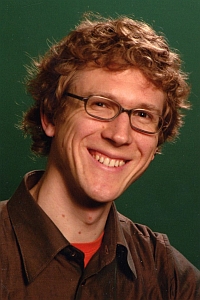
|
Education
2006 PhD Natural Science, ETH Zurich, Department of Earth SciencesResearch Interests
- Atmospheric radiation
- Boundary layer processes
- Surface
climate - Radiation and Energy Balance
Projects
| Salt Lake Basin
Cold-Air Pool Exchange Processes Study 2017 |
|
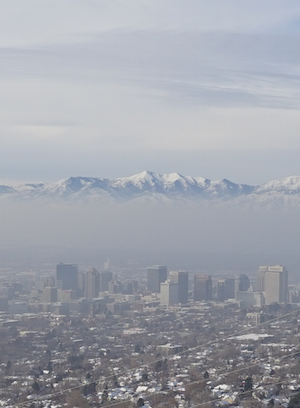 |
The
Salt Lake Basin Cold-Air Pool Exchange Process Study was
sponsored by the National Science Foundation (NSF) and
the Utah Department of Air Quality. The goal of the
study is to investigate meteorological processes
responsible for mixing and transport in wintertime
persistent
cold-air pools (PCAPs). The project augments the NOAA
aircraft-based Utah Wintertime Fine Particulate Study (UWFPS)
by adding meteorological observations to the chemistry
dataset collected during January and February 2017. In-situ
meteorological and air chemistry equipment and remote
sensing equipment (LiDAR and SoDARs) were strategically
deployed to investigate the role of thermally driven
canyon flows and of the lake breeze from the Great Salt
Lake in modulating concentrations of particulate
pollution (PM2.5) and ozone (O3). |
| Salt Lake Valley
PM2.5 Pollution Study 2015-2016 |
|
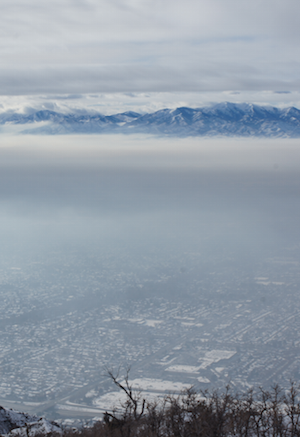 |
The Salt Lake Valley PM2.5 Pollution Study is a multi-university study sponsored by the the Utah Department of Air Quality. The goal of the study is to investigate the reactive pathways for the formation of secondary particulate pollutants during persistent wintertime cold air pool episodes My
role is to capture the meteorological conditions during
the air pollution episodes. Instrumentation ranging from
small inexpensive temperature dataloggers deployed along
a height-transect from the valley floor up the basin
sidewall, to sophisticated remote-sensing equipment such
as a Doppler Wind LiDAR, are used to monitor the spatial
and temporal variation of the atmospheric conditions of
the valley cold pools. |
| MATERHORN 2011-2014 |
|
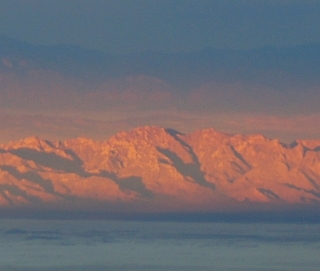 |
The
Mountain Terrain
Atmospheric Modeling
and Observations
Program (MATERHORN) is a
multidisciplinary University Research Initiative (MURI)
sponsered by the Office of Naval Research. Goal of the project is to evaluate the predictability of atmospheric flows in complex terrain using state-of-the-art atmospheric models, to pin-point the model's weaknesses by comparing to a comprehensive new data-set collected during two month-long field experiments, and to then improve the models with new parameterizations. |
| Bingham Canyon
Mine Study 2010-2013 |
|
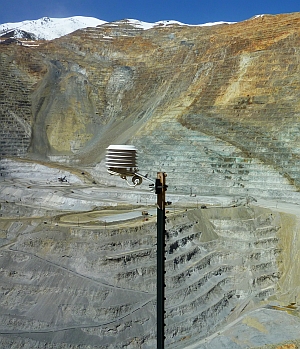 |
The
Bingham
Canyon Mine Study investigates the formation and evolution
of wintertime inversions within the deep open-pit Bingham
Canyon Copper Mine. Observations focus on the evolution of
the pseudo-vertical temperature profiles within the mine's
atmosphere and the atmosphere of the adjacent Salt Lake City
Valley. Ventilation of the mine's atmosphere and the role of
winds aloft are evaluated from data collected with our
Doppler Wind LiDAR. Funding comes from Rio Tinto / Kennecott
Utah Copper.
Read more! |
| PCAPS 2010-2013 |
|
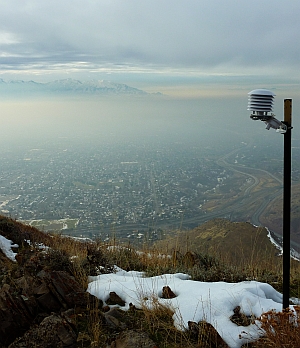 |
The
Persistent Cold-Air Pool Study (PCAPS) is a three-year
research program funded by the National Science Foundation
to investigate the processes leading to the formation,
maintenance and destruction of persistent mid-winter
temperature inversions (cold-air pools) that form in the
Salt Lake basin.
I set up several lines of inexpensive temperature data loggers running up to sidewalls of the Salt Lake Basin to collect pseudo-vertical temperature profiles. Visit the PCAPS web page! |
| Meteor
Crater Experiment (METCRAX) 2006-2009 |
|
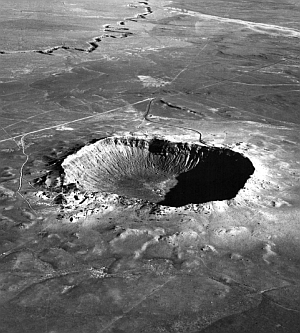 |
METCRAX
was designed to study the formation and development of
cold-air pools in an idealized topography - Arizona's Meteor
Crater. For more information, visit the our METCRAX website
and the project websites of NCARs ISFF
or ISS.
METCRAX is a 3-year program financed by the US National Science Foundation. My postdoctoral study within the project was partially (1st year) financed by the Swiss National Science Foundation, SNSF. Special interest in the METCRAX project is to evaluate radiative effects in the evolution of inversions, such as the
|
| ETH
Greenland Summit Experiment 2000-2003 |
|
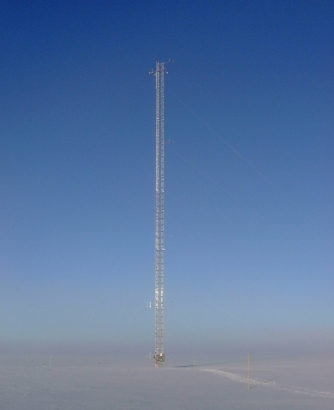 |
The
ETH
Greenland Summit project was designed to study the climate
of the so-called "dry snow zone" of the Greenland Ice
Sheet, the area where net accumulation occurs on the
ice-sheet.
My contribution to this project as a PhD student at the Institute for Atmospheric and Climate Science IACETH of the Swiss Federal Institute of Technology (ETH) was to evaluate the surface energy balance and to study the divergence of longwave radiation in the stably stratified boundary layer. An brief personal overview of the project can be found here. My doctoral thesis can be downloaded at the ETH E-collection. |